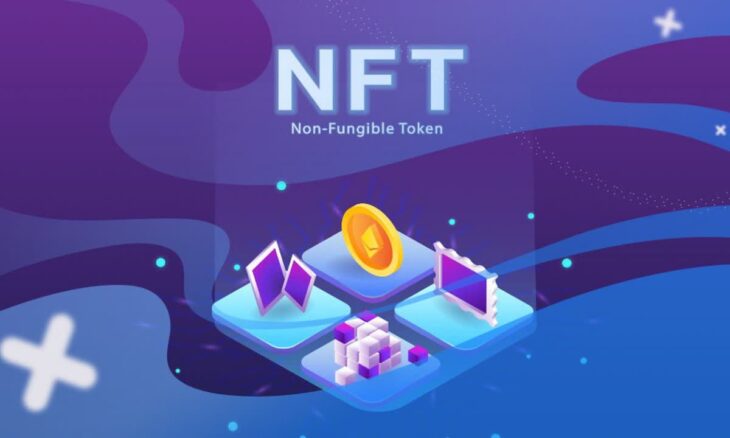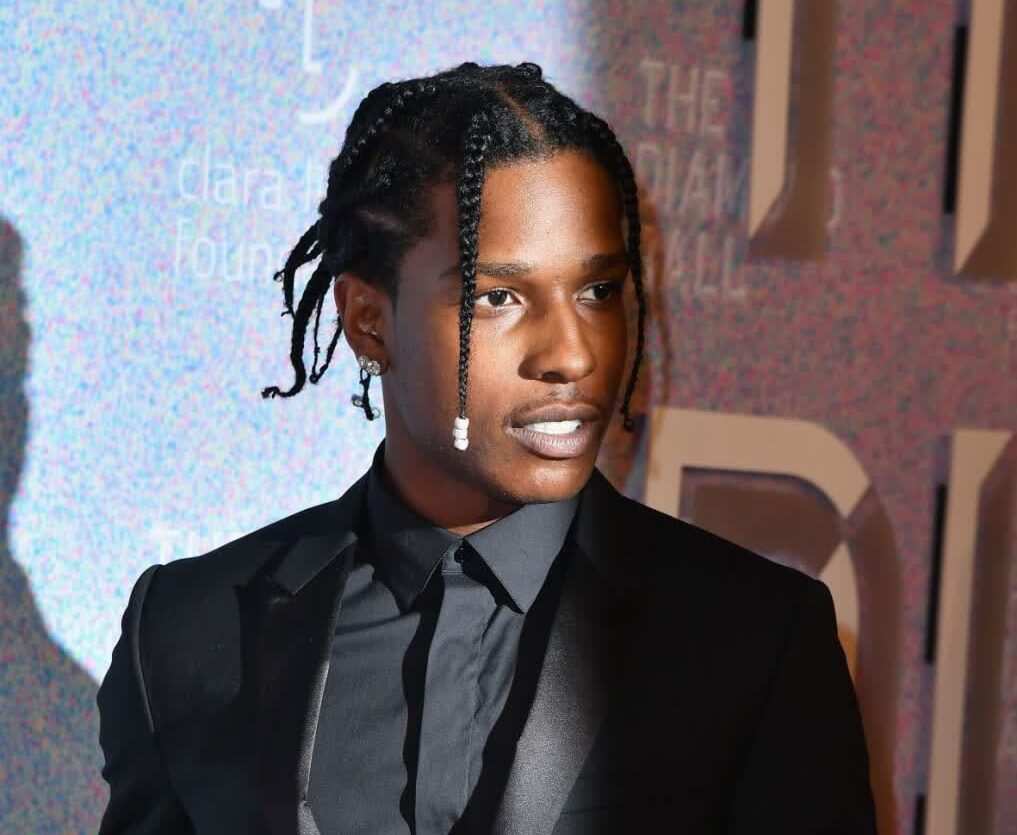If you’ve seen those crazy headlines about the original NyanCat GIF selling as a 600-grand NFT or Beeple making 69 million bucks by auctioning “crypto-art” you must be thinking: what the hell is this NFT thing?
How can a piece of art that is the first search result on Google images cost $69 million? How can someone “buy” a GIF? Can’t you just download all this stuff for free?
Well, it’s complicated. I know my head hurts after reading several not-so-helpful to frankly rocket-sciencey articles about what NFTs are, so I’ll try to make things easier for you.
Let’s start with the basics.
What is an NFT?
A Non-Fungible Token.
Not helpful? Okay, sorry, let me make it clearer.
Something is “fungible” if you can replace that thing with something else of similar value. Take five bucks, for example. I can take a five-dollar bill from you and give you five one-dollar bills in return. You still have five bucks. So a five-dollar bill is fungible.
A one-of-a-kind collectible is not
There can only ever be one super-rare top-notch first-edition Charizard trading card out there. Even if I swap yours for another Charizard, it won’t be a first-edition collectible.
An NFT is a contract which states that you, the token holder, are the actual owner of that first edition Charizard card. So it’s like a certificate of authenticity. The contract is part of the Ethereum blockchain, which is like this massive record book that keeps track of all transactions happening using Ethereum. Although you can make NFTs using any cryptocurrency, Ethereum works best for now.
This record book is decentralized, meaning no one has complete control over it. That’s why no one can screw with it, which makes record-keeping so secure. So yeah, this is how you can own a GIF or a painting or a video as if it were a physical item. Pretty cool, huh?
So now that you have the basic idea of what an NFT is, you must be wondering what these tokens represent in the grand scheme of things. The truth is, the rise of NFTs means a lot for many industries but perhaps none bigger than the music business. How? Let’s take a look.
The Money Problem in Music

The collection featured action figures and original instrumental beats.
Most musicians today make music as a side job. That’s because there’s simply no money to be made by selling music online. Spotify and Apple Music pay artists peanuts per stream, and piracy is still a major problem. Even the artists big enough to get record deals are not much better off because of corporate intermediaries sucking up royalties.
Before the pandemic hit, most artists relied on touring and brand sponsorships for revenue. Now that that’s gone tits-up, the only thing that can potentially save the music industry is NFTs.
If you don’t live under a rock, you must have heard about Grimes making millions by selling music videos. You may also have heard about Eminem’s latest NFT drop containing action figures, collectibles, and never-before-heard beats. Financially, it doesn’t mean much for artists who already have boatloads of cash. But for smaller musicians, NFTs are a godsend.
Websites like OpenSea allow you to purchase NFTs directly from original artists. For musicians, this means that they get to sell exclusive rights to their tracks and digital collectibles to fans for a decent chunk of change.
There’s also enough incentive for fans to buy NFTs not only because it’s cool but also as investments. NFTs, like “stonks,” are tradeable and have tremendous resale value. Most importantly, though, there are no middlemen involved in the NFT market, so artists get to keep all the money.
So that’s the sitch as of today…
If you’re interested now, keep an eye on the NFT market. There’s lots more to come. For me, I’m tired of holding down the shift button to type NFT, so I’m gonna sign off here.
See ya later!



